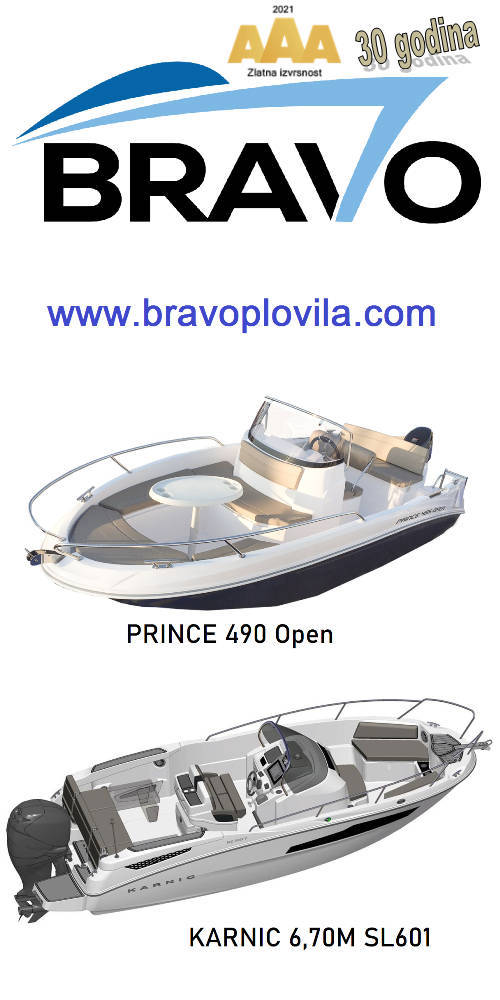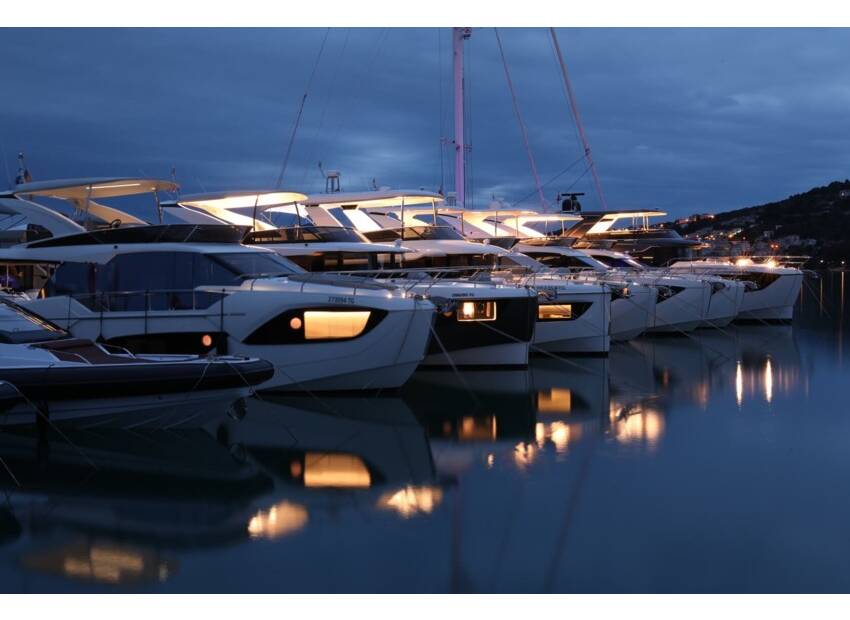Safety of life, limb and property is a personal responsibility we should all follow no matter what we do. While boating, wearing a lifejacket is perhaps your single, most important responsibility for both you and your passengers. In 2004, according to the most recent Coast Guard statistics, 484 boaters drowned. Of these, 90% were not wearing a life jacket and it has been estimated that approximately 431 lives might have been saved if a lifejacket had only been worn.
Why didn’t those boaters wear their life jackets? Past reasons for not wearing a life jacket are simply not true for today’s personal flotation devices. Today’s jackets are no longer the hot and bulky vests once associated with water safety gear. Now there are many attractive styles and colors to choose from, including infants’ wearables and the newest inflatables. There is simply no excuse for not wearing a life jacket aboard a pleasure craft. Besides that, for some age groups and users it’s the law.
Federal regulations for recreational boats state that life jackets must be Coast Guard approved, in good and serviceable condition and of appropriate size for the intended wearer. One size does not fit all! Recreational boats must carry one Type I, II, III or V personal flotation device for each person aboard. A life jacket stowed in an inaccessible compartment does little good when the unexpected happens, and suddenly the boater is in the water. The best life jacket or other personal flotation device is the one that is already being worn.
With the aim of saving lives, the U.S. Coast Guard, the U.S. Coast Guard Auxiliary, the Canadian Safe Boating Council, the National Safe Boating Council and other marine safety organizations, celebrate National Safe Boating Week each May. The event is the high point of a year-round North American Safe Boating Campaign. Its purpose is to get the boating public to think safety and to reduce the toll of death and injuries on our waterways by being responsible and always wear your lifejackets.
“Wear It!” is the theme of the 2006 campaign. It refers, of course, to life jackets. Press releases repeating this theme are sent to the print media and public service announcements are broadcast on radio and television stations across the U.S. and Canada. In 2005, California Auxiliarists aired live and taped interviews, promoting life jacket wear, on NBC Channel 11, from Coast Guard Station Golden Gate. Telemundo and Univision taped interviews in Spanish. Last year, the “Boat Smart. Boat Safe. Wear It!” slogan was a big hit at Dodger Stadium when it was flashed across the signboard at the home games.
Wearing a personal flotation device is a must for children, and in most states, it’s the law. An important feature of National Safe Boating Week is safety for children on our waterways. Creative NSBW programs have kid-appeal and help to bring the point home in entertaining ways. What do a panda, a seal or a robot have to do with safe boating? They’re safe boating week mascots. What child can resist a cuddly panda bear, especially one that teaches kids how to be safe on the water? Who can ignore a friendly seal that barks out water-wise wisdom to the youngsters? And who can resist smiling when “Coastie?,” the robotic tugboat winks its eye and toots its horn at our future sailors? These mascots have a message for boaters of all ages: “Wear It!” Wear your life jacket when aboard! Meet the costumed mascots and their trainers at a NSBW event this year, at the docks, at the marinas or wherever boaters congregate.
As incentives to “Wear It,” life jacket exchange programs and giveaways are held from coast to coast during National Safe Boating Week. The California Department of Boating and Waterways sponsors a joint exchange program with the Auxiliary during the May event. The Department procures the vests and the Auxiliary examines boaters’ life jackets to see if they are still serviceable. If the jacket is no longer w






















